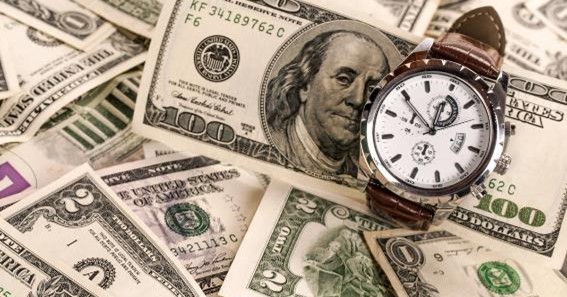This is an outcome that people appreciate simply because of its link to a primary reinforcement. Secondary reinforcement includes the process of conditioning or learning to understand its association with the primary reinforcement. One of my area of expertise is school ratings. For instance, food is a primary reinforcer, and money buys food. Therefore, in this case, money is a secondary reinforcer, and its value is relative to food, which is the primary reinforcer. When I was 41, I started developing a study app. While a primary reinforcer is biological in nature, a secondary reinforcer becomes reinforcing after being associated with a primary reinforcer, such as treats, money, or praise.
Key advantages of secondary reinforcers include:
- More convenient to utilize than primary reinforcers
- Fit better in natural environment situations
- They can be utilized to expand the interest of a person
- Utilizing a token economy system can expand the time between new reinforcers’ presentations without the person losing interest
Therapists, teachers, and parents often utilize token economies to motivate clients and kids to engage in adaptive behaviors. While they don’t have any reinforcement value, such tokens can be utilized to buy primary reinforcers such as candy, soda pops, and other privileges. Once the association has been formed, the tokens themselves become reinforcing.
Secondary reinforcement is stronger than primary reinforcement because it isn’t tied to biological needs. For instance, if a dog isn’t hungry, it’s unlikely to listen to its trainer’s commands if it’s used to food being a reward. Likewise, if a kid has just had a large piece of cake, he/she isn’t going to practice the musical instrument in exchange for candy. The child may do it in exchange for a star on the chart (secondary reinforcer) that can be exchanged for candy later.
Any organism would do activities that finally help it survive effectively. However, humans look forward to making their lives better apart from survival. Bring complex organisms, both mentally and physically, humans depend mostly on reinforcement that’s in some way connected to their healthy survival.
Even though humans are omnivores, they don’t go hunting in the forest or graze on grasslands. Humans have different methods to acquire food. They work, for which they receive money. Money buys food that satiates hunger, thus helping survival. So, money is the secondary reinforcer.
Click here – A Detailed Bitcoin IRA Review: Everything You Need to Know About This Investment Opportunity
Here’s another example that can help one understand secondary reinforcers. Humans feel sleepy due to tiredness. Before going to bed, they brush their teeth, wish good night to others at home, say a bedtime prayer, and then go to sleep. The process becomes a ritual and is connected to the behavior of sleeping. So, even if one isn’t tired someday and doesn’t feel sleepy, performing the ritual will involuntarily hint to the body that it’s time to sleep, and the body will prepare itself to sleep. Therefore, in this case, the ritual is a secondary reinforcer.
Ivan Pavlov’s classical conditioning experiment is a famous example of conditioned or secondary reinforcement. In the experiment, Pavlov rings a bell and immediately gives food to his dog to which it salivates. After repeatedly performing this exercise, the dog learns to connect the bell to food and salivates when it’s rung (even when food isn’t given).
Click here – How to get tent hire in Sydney for parties
To Know Some Great Stuff Do Visit FilmyViral
To Know Some Great Stuff Do Visit FinanceNInsurance
To Know Some Great Stuff Do Visit FindingCEO
